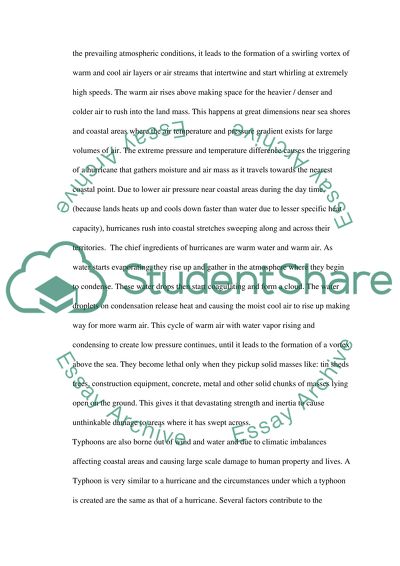Cite this document
(“Meteorology Concepts, Hurricanes, Tornadoes, And Flooding Summary Essay”, n.d.)
Retrieved from https://studentshare.org/geography/1397047-meteorology-concepts-hurricanes-tornadoes-and-flooding-summary
Retrieved from https://studentshare.org/geography/1397047-meteorology-concepts-hurricanes-tornadoes-and-flooding-summary
(Meteorology Concepts, Hurricanes, Tornadoes, And Flooding Summary Essay)
https://studentshare.org/geography/1397047-meteorology-concepts-hurricanes-tornadoes-and-flooding-summary.
https://studentshare.org/geography/1397047-meteorology-concepts-hurricanes-tornadoes-and-flooding-summary.
“Meteorology Concepts, Hurricanes, Tornadoes, And Flooding Summary Essay”, n.d. https://studentshare.org/geography/1397047-meteorology-concepts-hurricanes-tornadoes-and-flooding-summary.


